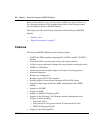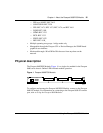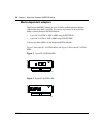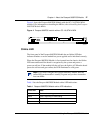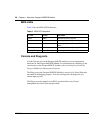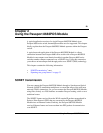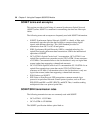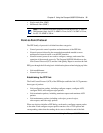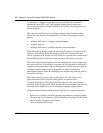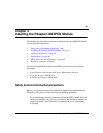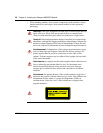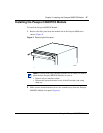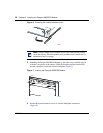
32 Chapter 2 Using the Passport 8683POS Module
209564-A
For example, a configure-request packet may specify the link’s maximum
transmission unit (MTU) size. The configure-request packet contains the
user-configured values, which the sending device and the receiving device may
need to negotiate.
When the receiving device gets a configure-request packet from the sending
device, the receiving device responds with one of the following three types of
packets:
• configure-ACK (that is, configure acknowledgment),
• configure-reject, or
• configure-NAK (that is, configure negative acknowledgment).
When the receiving device accepts the proposed LCP options, it responds with a
configure-ACK packet. When the devices on each side of the link send and
receive configure-ACK packets, the LCP advances to an open state, which means
that the PPP interface can advance to the next phase. The devices converge.
When the configure-request packet from the sending device contains options that
the receiving device is not willing to negotiate, the receiving device sends back a
configure-reject packet specifying the nonnegotiable options. From that point on,
configure-request packets from the sending device should eliminate the
unacceptable options. When the sending device eliminates the offending options,
the devices converge.
When the receiving device disagrees with some or all of the values of the
proposed options in the configure-request packet, it responds with a
configure-NAK packet. The configure-NAK packet notes the values that the
receiving device disagrees with, and it includes the corresponding values that the
receiving device would like to see in subsequent configure-request packets.
LCP negotiations between sending and receiving devices continue until either:
• Both devices converge (reach an agreement regarding the configure-request).
• The receiving device transmits a specified number of configure-NAK packets
before sending a configure-reject packet.
• The convergence timer expires.



